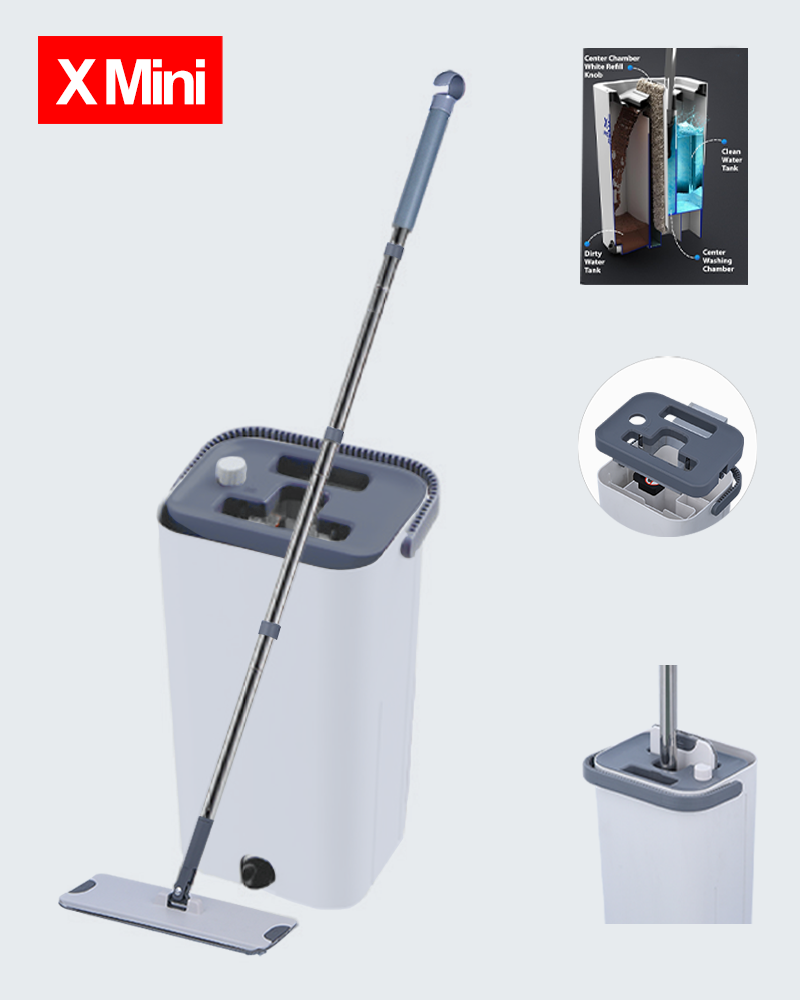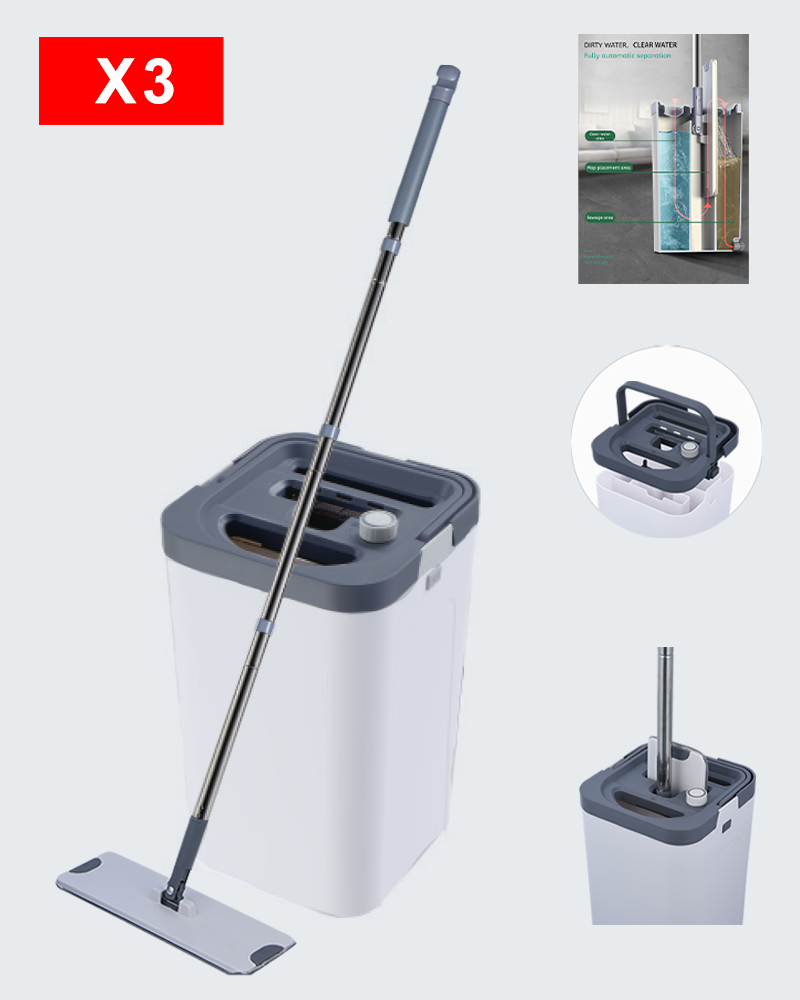After a routine housecleaning session, have you ever noticed a subtle stickiness left behind by your bare feet? Have you ever wondered why dust seems to settle even faster on a freshly mopped floor? A disturbing question is emerging: Have the cleaning tools we use daily unwittingly transitioned from "scavengers" to "contaminants"?
A Hidden Health Pitfall? The problem goes far beyond surface dirt. The real threat often lurks out of sight. The design of many common cleaning tools is flawed, creating a perfect breeding ground for microbial growth. Experts point to "self-contamination of tools as the biggest obstacle to effective cleaning." Key risks include: damp mops that aren't thoroughly wrung out, creating fertile ground for mold outbreaks; cracks in complex mechanical structures, harboring hair and dirt; and, most serious of all, using the same dirty tool to clean the entire house, creating a "cross-contamination" process from the kitchen to the bedroom.
Are you unwittingly contributing to the problem? How bad habits exacerbate pollution
Perhaps the most alarming finding is that the problem stems precisely from our perceived cleaning methods. Do you mop your entire home with a single bucket of water? Do you simply rinse the mop and think you're done? These habits mean that the bucket itself becomes a pool of dirty water soon after cleaning begins, and every subsequent movement only spreads bacteria and dirt evenly to every corner. When tools aren't effectively cleaning themselves, every use they make is a new source of contamination.
Where is the laboratory evidence? What warnings does scientific research raise for us?
While household cleaning tools aren't often the focus of research, findings from environmental microbiology offer valuable warnings. Multiple studies have shown that damp lint and fiber materials are breeding grounds for microbial growth, with colony counts increasing dramatically within hours. Observational studies have even confirmed that using unsterilized, dirty tools can even increase the number of bacteria on surfaces after cleaning. This serves as a clear scientific warning: using dirty tools can only backfire.
Are there blind spots in your home's hygiene? Have your cleaning tools passed their "physical checkup"?
How can we end this vicious cycle? The answer begins with a thorough "health diagnosis" of your tools: Can they be completely disassembled for a deep clean? Is the wringing function truly efficient, achieving the ideal slightly damp state? Are those hidden crevices easily accessible, preventing dirt from accumulating? If the answer is no, then this may be the crux of your cleaning efforts.

Break the misconceptions, move towards wisdom: How can you truly protect the health of your family's floors?
Transformation begins with awareness. Future smart cleaning concepts will undoubtedly place greater emphasis on the hygiene of the tools themselves. Choosing tools with simple designs that clean thoroughly and dry quickly is the first step. More importantly, adopting new cleaning etiquette: practicing the principle of "zoned cleaning," changing rinse water promptly, and regularly disinfecting the tools themselves. Remember, investing in and caring for your tools is the most direct investment in the health of your entire family.
It's time to take a fresh look at the cleaning tools we've relied on for so long. A truly effective cleaning shouldn't come at the expense of overall hygiene. Before you next start cleaning, perhaps you should ask a key question: Are my tools clean enough today?

 English
English Español
Español 中文简体
中文简体












